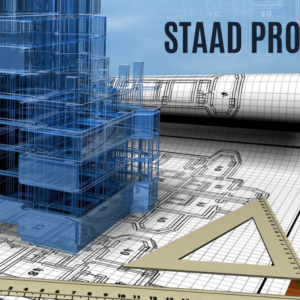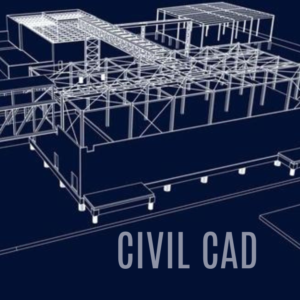Introduction to Revit in Civil Engineering
Revit is a powerful Building Information Modeling (BIM) software widely used in civil engineering projects. This advanced tool assists engineers and architects in efficiently planning, designing, managing, and constructing infrastructure. With its comprehensive features, Revit has become a preferred choice for professionals aiming to enhance accuracy and collaboration in their projects.
Key Features of Revit for Civil Engineers
Revit offers several standout features that make it particularly useful for civil engineering applications. One of its primary features is the ability to create detailed 3D models that provide a realistic representation of the project. This visualization aids in identifying potential issues early in the design phase. Additionally, Revit supports accurate documentation, ensuring that all project details are meticulously recorded and easily accessible.
Another significant advantage of Revit is its collaborative environment. Multiple stakeholders, including engineers, architects, and contractors, can work on the same model simultaneously. This collaborative approach minimizes errors and improves communication, leading to a more streamlined workflow.
Benefits of Using Revit in Civil Projects
The integration of Revit in civil engineering projects offers numerous benefits. Firstly, it enhances precision in planning and design, reducing the likelihood of costly mistakes. The software’s ability to generate detailed schedules and material lists further aids in project management and budgeting.
Moreover, Revit’s robust analysis tools enable engineers to simulate various scenarios, assessing the impact of different design choices. This capability ensures that the final design is both functional and sustainable. By using Revit, civil engineers can deliver higher-quality projects within shorter timeframes.
Conclusion
In conclusion, Revit stands out as an essential tool for civil engineering projects, offering advanced features and benefits that streamline the design and construction process. Its ability to enhance precision, facilitate collaboration, and support comprehensive project management makes it an invaluable asset for modern civil engineering practices.





Reviews
There are no reviews yet.